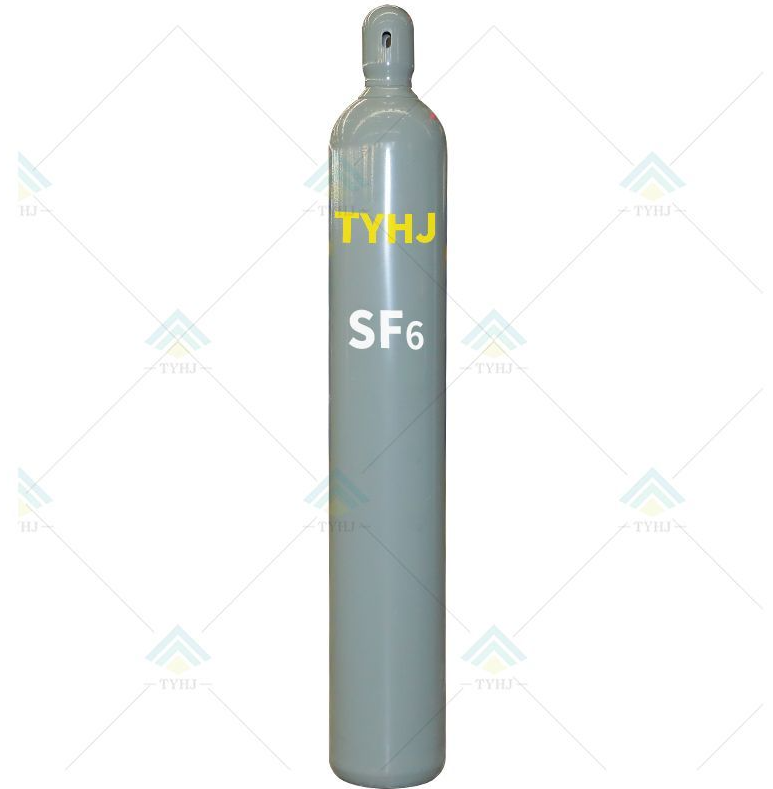Exploring SF6 Specialty Gas: Properties, Applications, and Environmental Considerations
Sulfur hexafluoride, known by its chemical formula SF6, is a colorless, odorless, and non-flammable gas with exceptional electrical insulation properties. Despite its minimal presence in the Earth's atmosphere, SF6 has garnered significant attention due to its diverse applications and the environmental challenges associated with its use.

Properties of SF6: The Exceptional Attributes
SF6 is renowned for its remarkable properties, making it an invaluable asset in various industries. Its high dielectric strength, thermal stability, and insulating capabilities have led to its widespread adoption in electrical equipment, ranging from transformers to circuit breakers.
Applications Across Industries: SF6's Versatility
The unique properties of SF6 render it indispensable in a plethora of industrial applications. It serves as a gaseous dielectric medium in high-voltage electrical equipment, ensuring efficient power distribution and insulation. Additionally, SF6 finds utility in the medical sector for retinal detachment surgery and as a contrast agent in medical imaging.
Environmental Concerns: The Need for Caution
While SF6 offers numerous advantages, its environmental impact has raised concerns. Being a potent greenhouse gas, SF6 has a high global warming potential, contributing to climate change. Mitigating these concerns requires a collective effort to minimize SF6 emissions and explore alternatives.
Regulatory Measures: Addressing Environmental Impact
Governments and organizations worldwide are taking steps to regulate and reduce SF6 emissions. The European Union's F-Gas Regulation and the Environmental Protection Agency's (EPA) initiatives in the United States aim to curb the use and emissions of SF6, encouraging the adoption of more sustainable alternatives.
Future Outlook: Innovations and Alternatives
The growing environmental awareness has spurred research into alternative gases and technologies that can replace SF6 without compromising performance. Emerging alternatives like g³ (g cubed) promise similar or better electrical properties while significantly reducing environmental impact.
Conclusion
The multifaceted nature of SF6 specialty gas showcases both its advantages and the environmental responsibility associated with its use. While SF6 continues to play a crucial role in various sectors, it is imperative for industries to explore sustainable alternatives and adopt measures that mitigate its impact on the environment. Balancing technological progress with environmental consciousness will pave the way for a greener and more responsible future.



